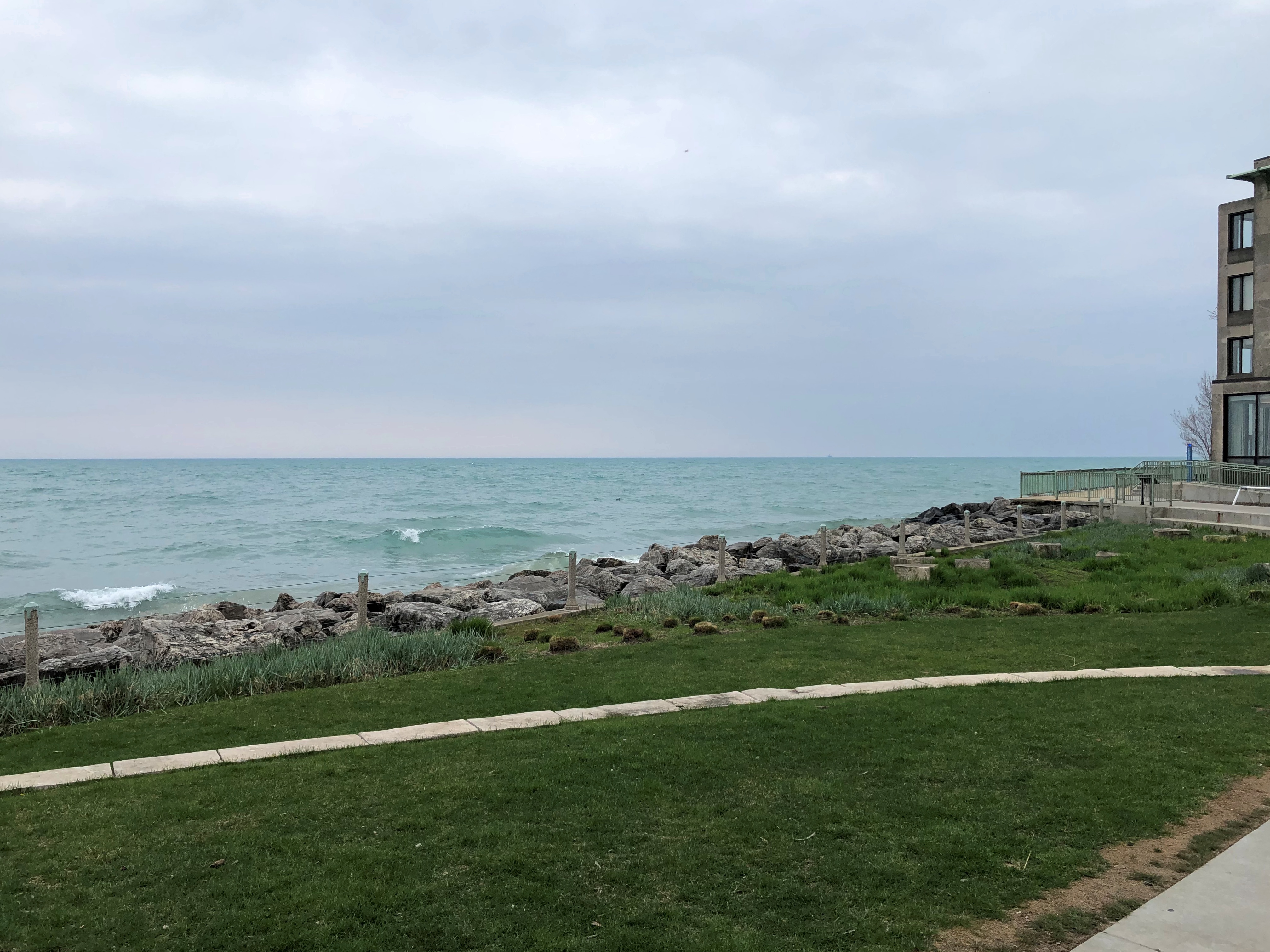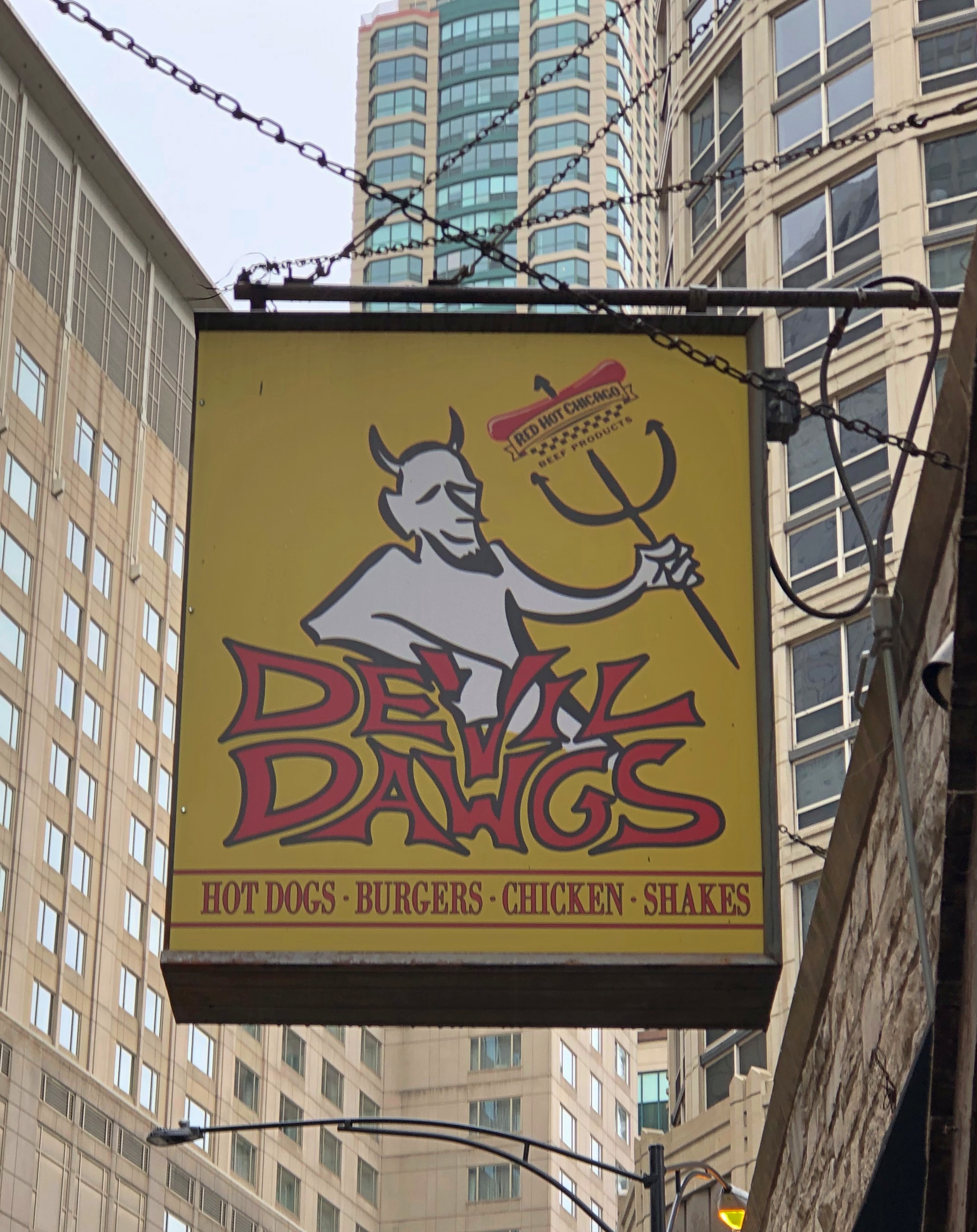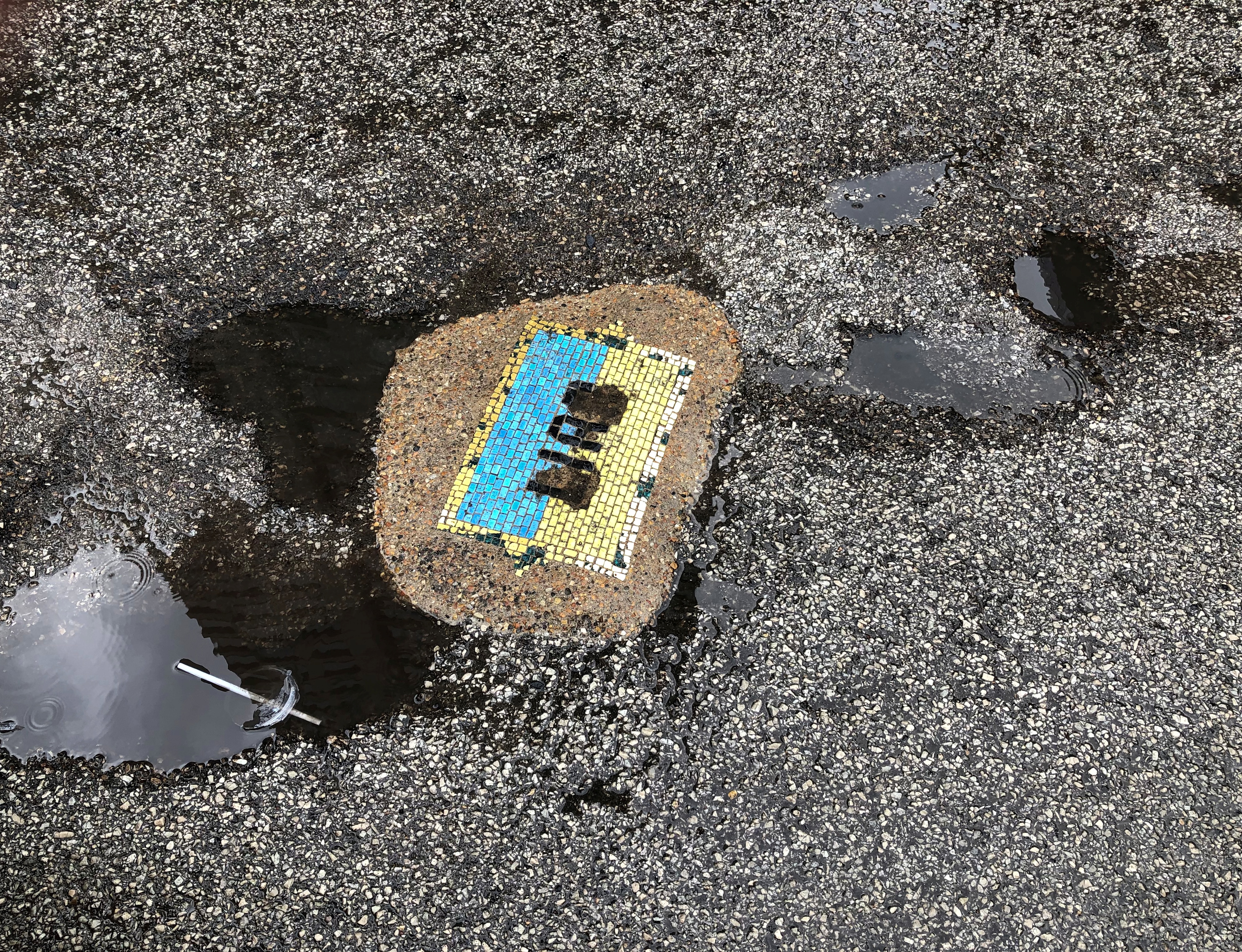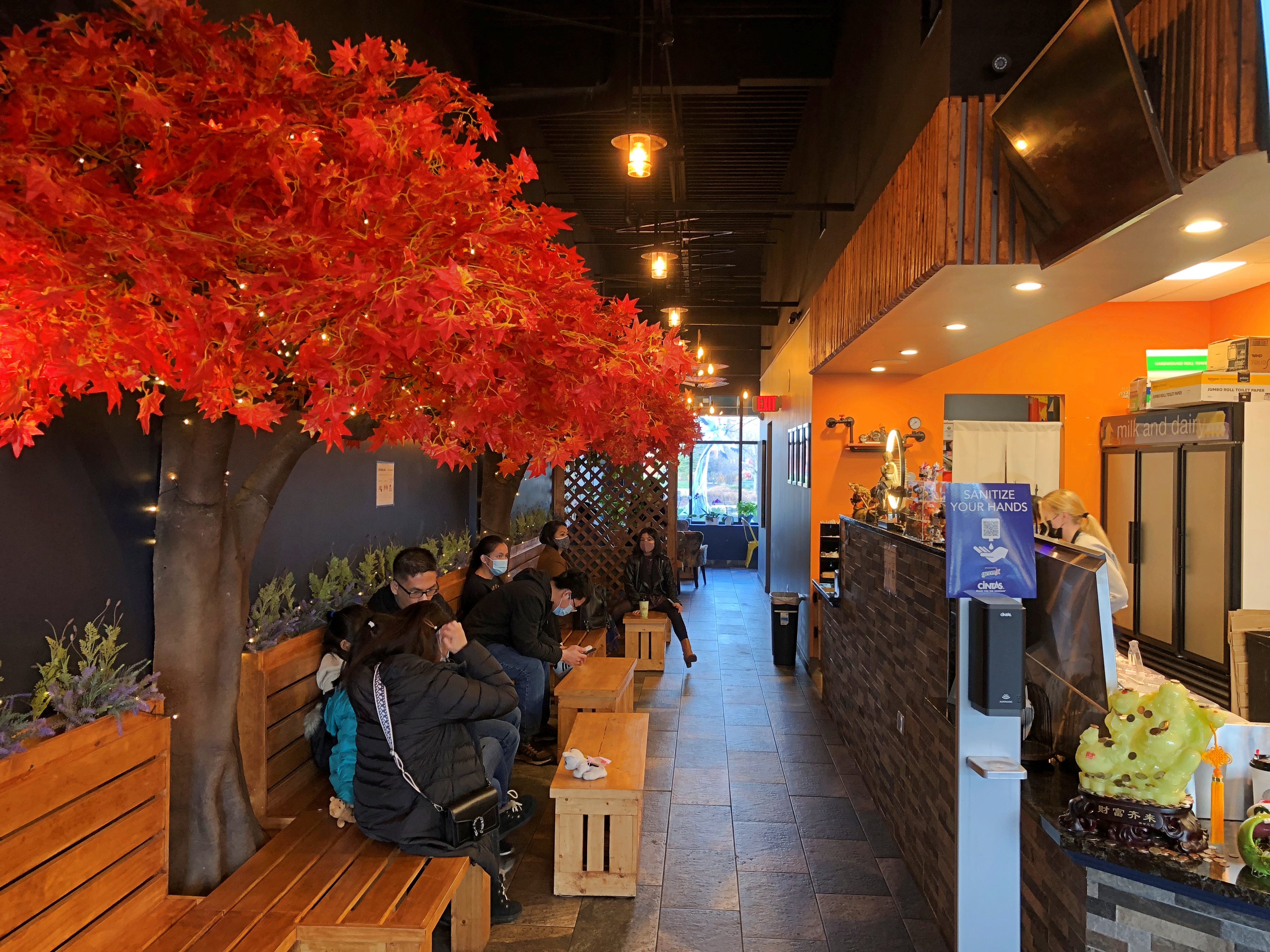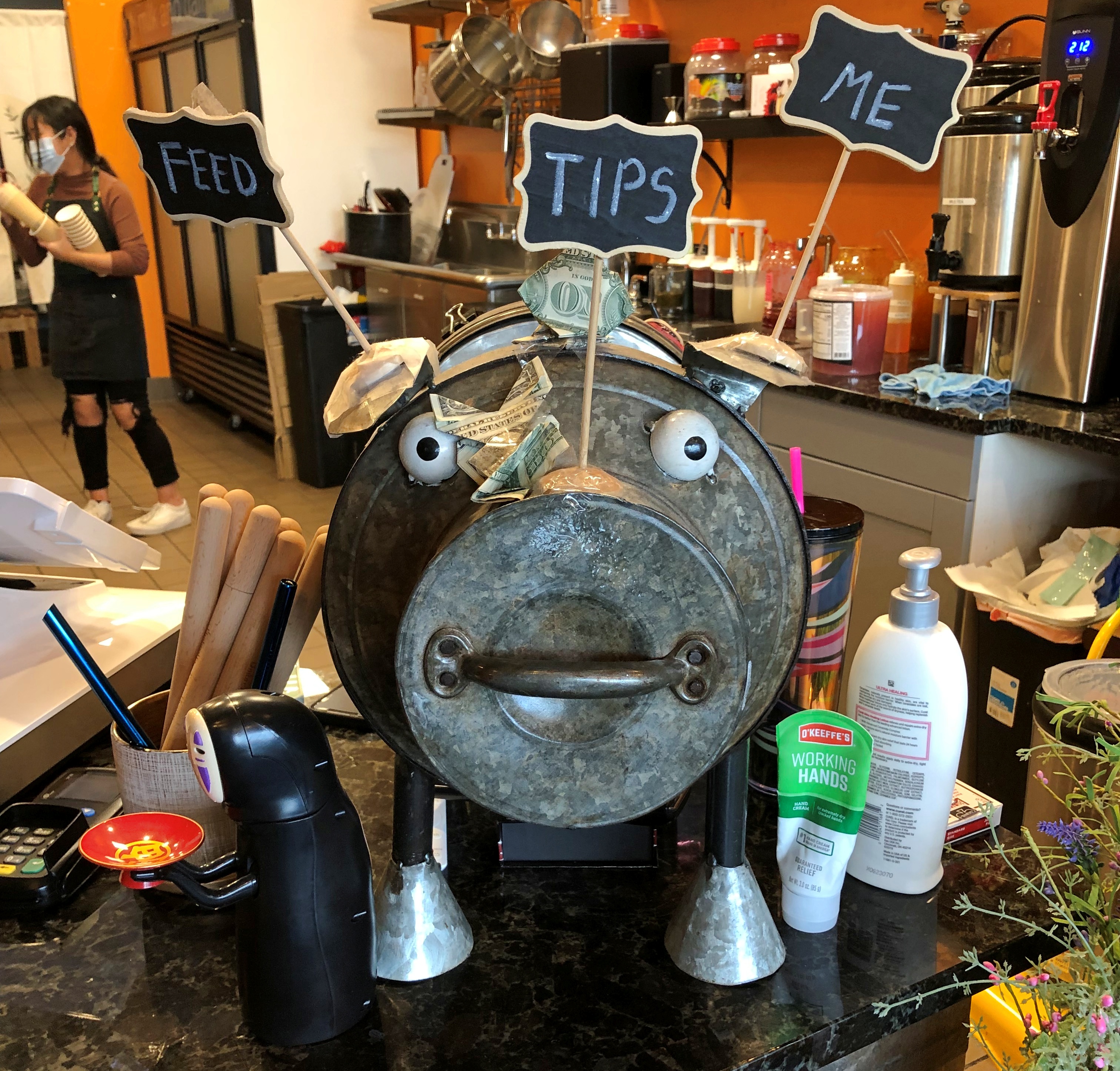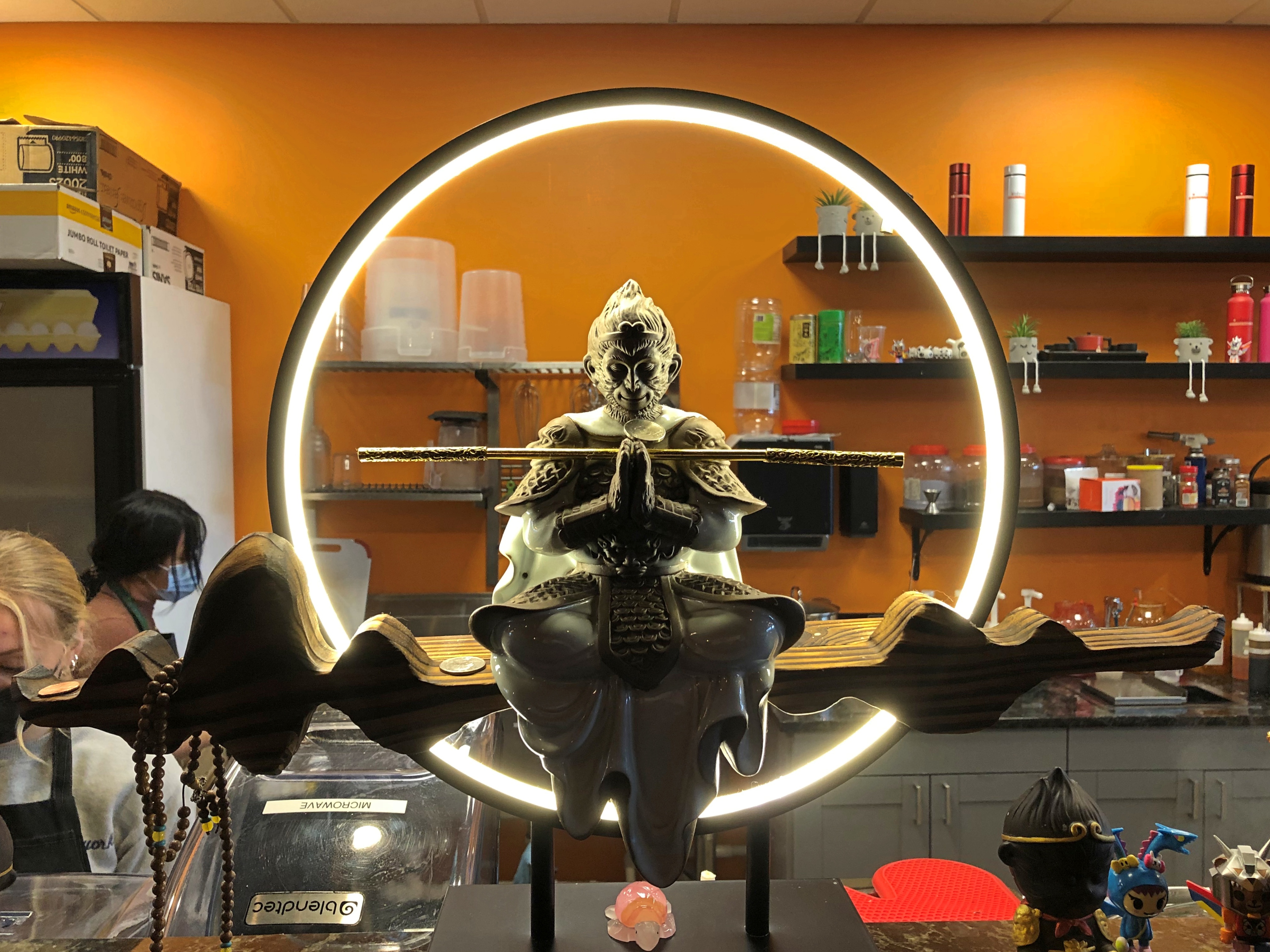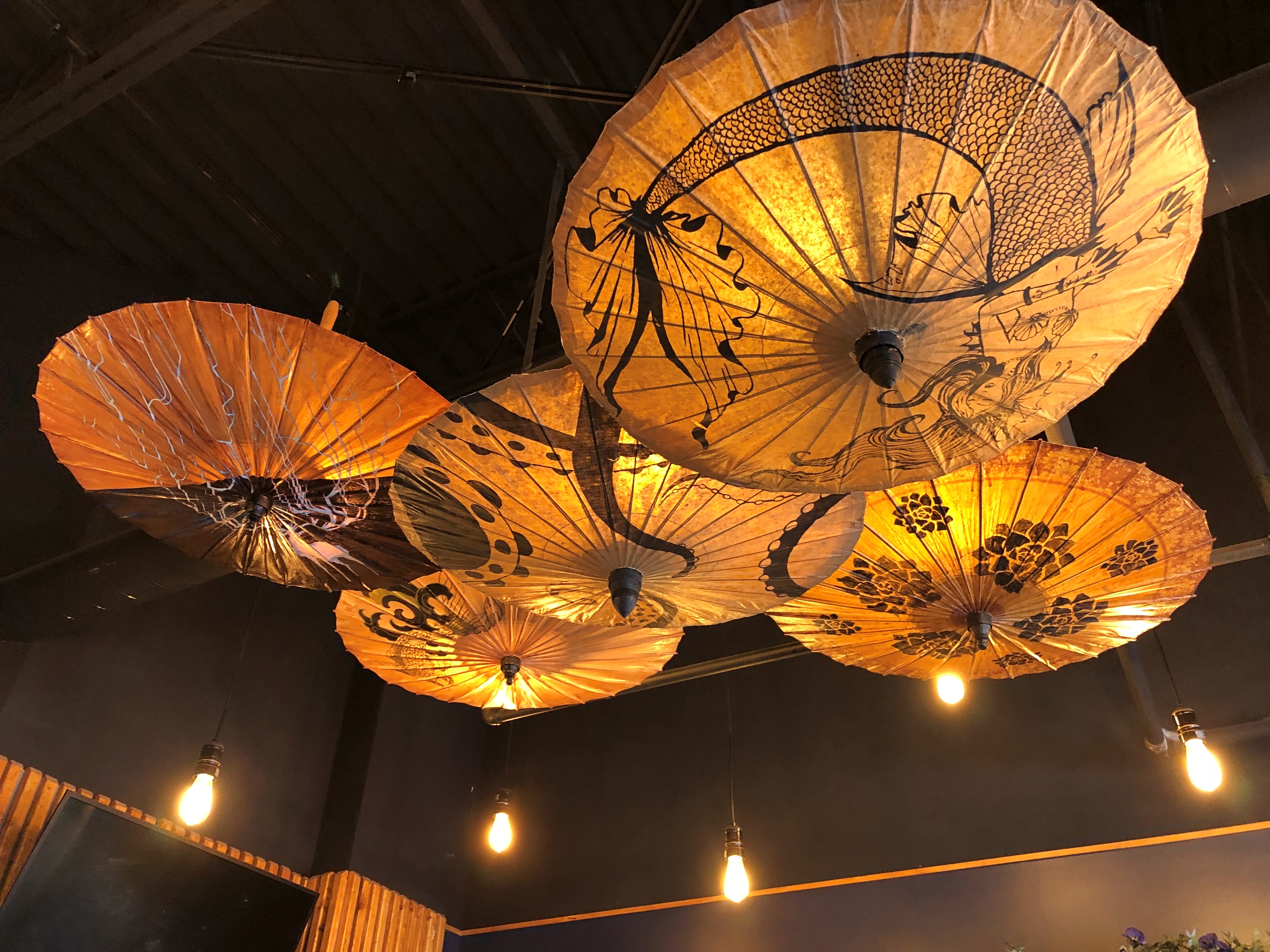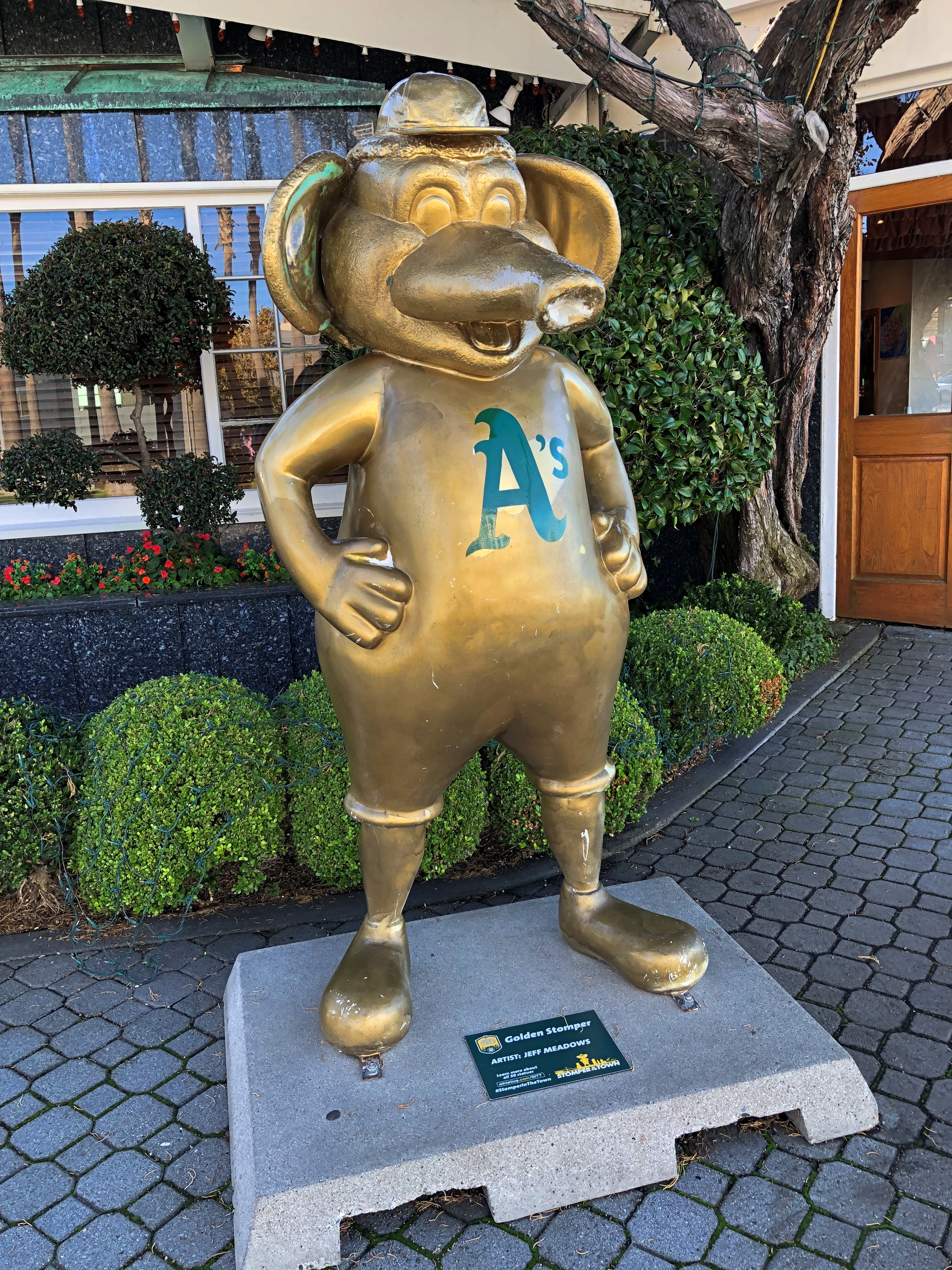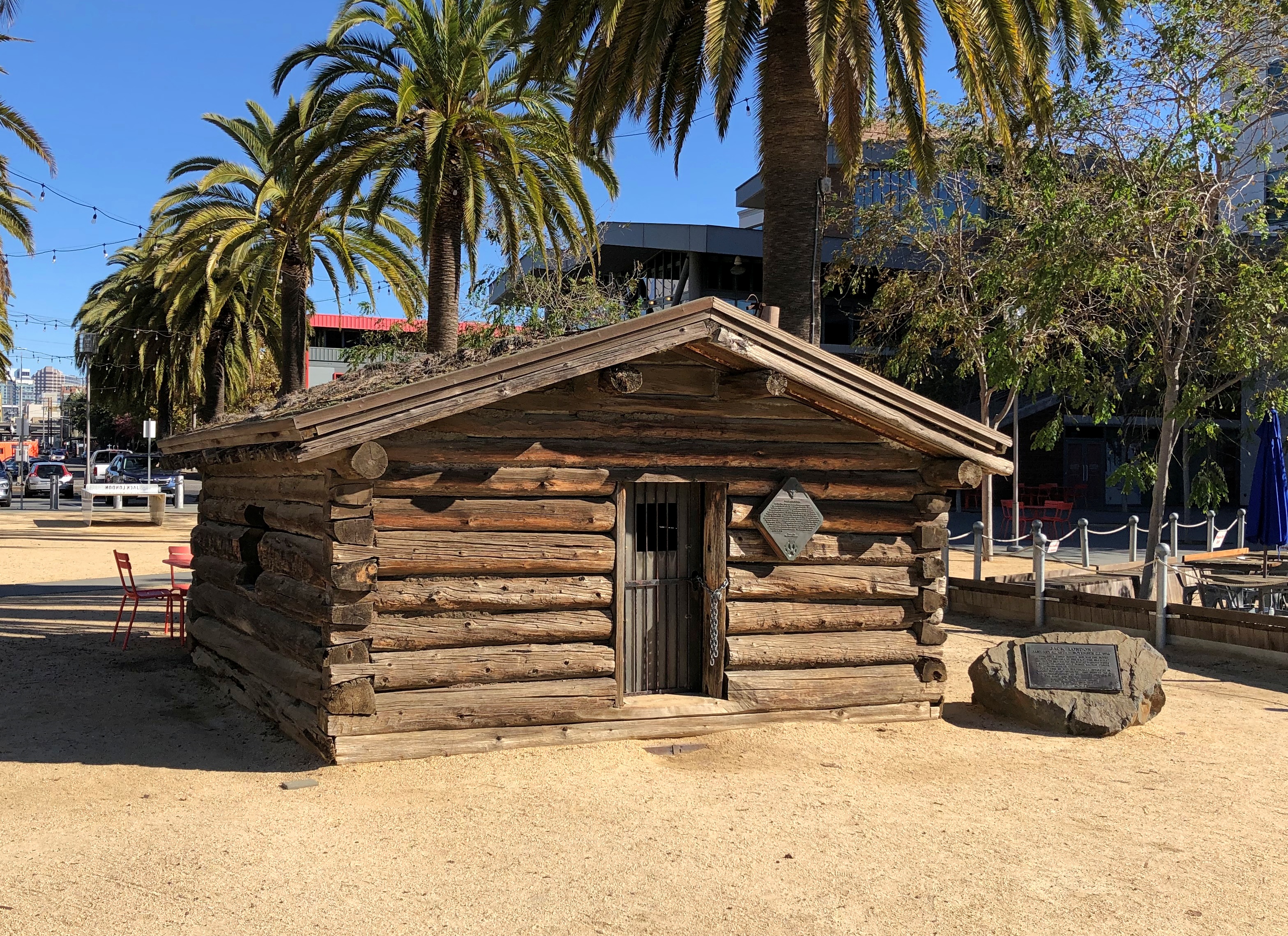The second day we were in Dublin, we made our way to Trinity College to see its star attractions: the Book of Kells and the Long Room, which you visit at the same time. I have no doubt that they were worth seeing, and I’m glad we saw them, though paying the steep €18.50 for Yuriko, €15 for me as a 60+, made me grumble.
The Long Room, which Trinity College calls the Old Library, is every bit as magnificent as its reputation – the vast rows of bookshelves, the soaring ceiling, the beauty of the wood, the great thinker busts lining the way.


Thinking on it later, I wondered: why the crowds? As magnificent as they can be, libraries aren’t generally known as tourist magnets. A fair number of people were in the British Library and the New York Public Library and the Library of Congress when I visited those places, to name some of the grandest libraries anywhere. But not the sort of crowds that requires timed tickets acquired ahead of time.
Could it be that people are coming to see the Book of Kells? That artifact certainly has a remarkable history and uncommon beauty.
“Visitor income from the Book of Kells last year [2019] totalled €12.7m, as more than one million visitors paid to view the ancient manuscript,” according to RTÉ.
That isn’t quite correct, since your ticket allows you to see the Book of Kells, and then the Long Room, for the same price. First you pass by exhibits detailing the book’s history, its artistry and other aspects, such as the truly remarkable way the monks who created it ca. AD 800 scrounged up raw materials for their inks and pigments. From there, you climb a small staircase to a small, dimly lit room, which includes one thing and one thing only, inside a clear cube: the Book of Kells.
Periodically curators turn the pages that are on display. I wish I’d made a note of what the book was open to when we saw it, but I didn’t. Somewhere in the Gospel of John, and not one of the more elaborate pages. On the whole, a drab presentation. I understand the need for conservation, and perhaps a dim setting, but book-in-box in a barren room isn’t quite the impressive experience a medieval manuscript could offer.
The cube is fairly new, I’ve read, holding the book only since 2020. Maybe it was in a less state-of-the-art cube before that, but I have to wonder how the book has been displayed over the years since the mid-19th century, when it first went on display, presumably as part of the Victorian enthusiasm for things medieval.
If I’d shown up in Dublin in 1983, where would it have been – in a case in the Long Room itself? — and how much would I have paid, if anything?
Moot point, since Ireland was never under consideration on that trip, mostly because we were headed toward the Continent, and none of us had any special connection to the country. Still, if I only had my copy of Let’s Go Europe 1983, I might be able to answer that question.
I asked Yuriko after we visited whether she’d heard of the Book of Kells beforehand. Yes, she said, but she added that the Long Room was more famous.
Why?
Harry Potter, she said.
What?
It’s like the library in the movies, she answered.
A little checking confirmed that the Hogwart’s Library scenes in movies weren’t filmed at the Long Room, but rather the similarly long and dark-wooded Duke Humfrey’s Library at Oxford, part of the Bodleian Library. Even so, I’ve found references to people noting the similarities between the fictional library and the real one in Dublin, and that’s enough for me to speculate that the Harry Potter movies kicked the Long Room up a few notches in the tourist imagination, allowing Trinity College to jack up their prices as demand grew.
So as I see it, J.K. Rowling owes us some money. Maybe not the entire admission, but the difference between what we would have paid 20 years ago and now.
Not that I’m against conservation of the Long Room, which takes money. Still, I’m also against gouging tourists simply because your sight has (sort of) been featured in some blockbuster entertainment. How is it that St. Patrick’s costs only €8 and Barcelona Cathedral (examples still fresh in mind) costs €9, with maintenance budgets that have to be comparable?
Speaking of conservation, a multi-million euro conservation project is underway at the Long Room, and most of the books are now elsewhere. Note the empty shelves.

All of them depict men. As I understand it, the renovation will add four great women thinkers to their ranks, though I don’t know whether that means displacing anyone who’s run afoul of present-day sensibilities.
The renovation will also mean that the Long Room is closing later this year for a few years, so I suppose we were lucky to get a look.
After we emerged from the Long Room – from the gift shop, actually – we took a look around campus and some of its handsome buildings. 


A campus that does not, like so many in America, follow the physical pattern of the University of Virginia, mainly since it’s some centuries older. I was interested the learn that the full name of Trinity College is The College of the Holy and Undivided Trinity of Queen Elizabeth near Dublin.
































